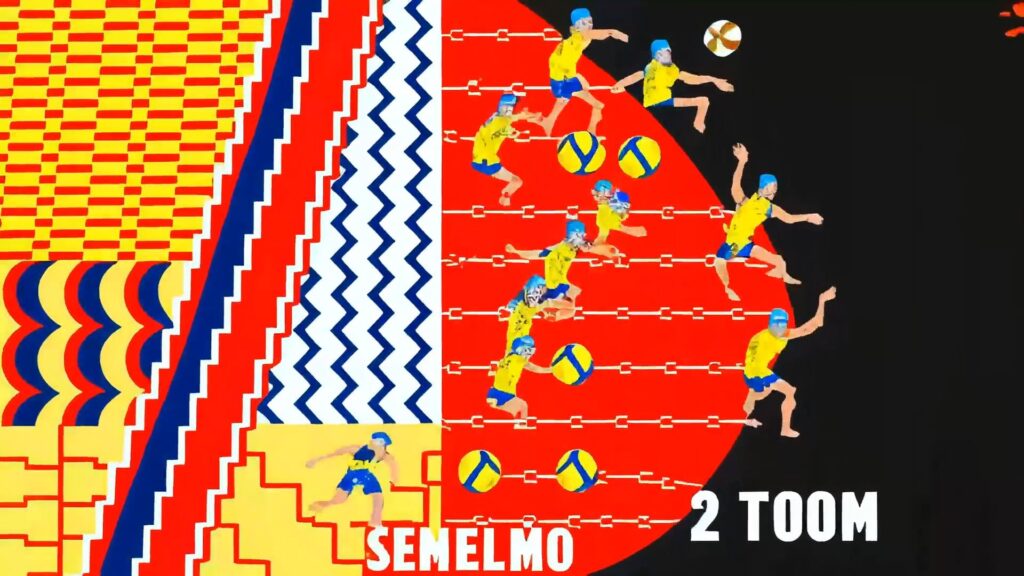Neural Frames · Sep 23, 2025
Legio X’s 32‑work solo on Fellowship’s Daily shows the new playbook. The experimental artist released a tightly curated series of one‑of‑one AI music‑video works and placed them with a contemporary digital‑art gallery that already had serious collector demand. The entire set sold through, with a collector DAO reportedly taking a large tranche — a reminder that when curation, scarcity, and distribution line up, video on chain sells like art, not like commodity content. See the show: Static Dispersals & Reconstructed Fables.
Under the hood, the creative stack matters. Tools built for songs, not just generic text-to-video, are what enable artists to ship consistently. Neural Frames’ AI music‑video generator is an example of a production‑grade toolset artists use in practice:
- Autopilot: a “two‑click” path from track to a rough‑cut, lyric‑aware, audio‑reactive video — fast enough for releases and social, good enough to test market narrative and pace.
- Frame‑by‑Frame: a Stable Diffusion–based animation workflow that gives granular, per‑frame control (prompting, seed locking, transitions) so the look holds up at 4K and long form.
- Text‑to‑Video Editor: a timeline‑driven layer that integrates frontier models like Kling and Seedance for fluid motion, then syncs to stems so edits land on the beat.
Why It Works (When It Works)
- Scarcity over scale. Edition sizes of one (or small sets) let video function like fine art, not like web video. That makes price discovery possible and protects the floor.
- Curated distribution. A serious venue and collector base – from crypto‑native galleries to DAOs – changes outcomes overnight. In Legio X’s case, placement with a digital‑art gallery and targeted outreach to known buyers were decisive.
- Audio‑reactivity and narrative coherence. The difference between “cool AI clips” and “collectible video art” is control. When visuals are stem‑aware (vocals, drums, bass) and pacing respects the composition, pieces feel authored rather than random.
- Provenance. On‑chain minting with clean metadata, consistent series naming, and thoughtful write‑ups signal quality and make secondary sales legible.
A Realistic Revenue Model, Not a Lottery Ticket
- Primary sales are the main event: a 10–50 piece 1/1 series priced in ETH, staged, and marketed to a shortlist of collectors (including DAOs) can hit five figures in a day – but only with real curation and collector alignment.
- Secondary sales help, but plan as upside, not core P&L. Royalty enforcement varies across marketplaces; make your unit economics work on primaries.
- Services spillover is real: artists consistently land commissions for tour visuals, brand collaborations, or album campaigns off the back of a well‑executed on‑chain drop.
The Artist’s Workflow (What Actually Ships)
- Storyboard in text (themes, motifs, color palettes).
- Generate anchor shots with Frame‑by‑Frame for style lock and character/shape consistency across scenes.
- Use Text‑to‑Video (Kling/Seedance) for motion‑heavy sequences; re‑time to stems so drops, transitions, and lyric reveals hit musically.
- Conform the cut, upscale, and QC at 4K; then mint with canonical titles, series IDs, and a short curatorial text.
Pitfalls (and How to Avoid Them)
- Over‑supply. Open editions or hundreds of near‑duplicates nuke collector confidence. Keep it small and differentiated.
- Model roulette. Mixing too many generative models yields a visual anthology, not a series. Decide on a primary look, then deviate only for narrative effect.
- Rights ambiguity. Ship with a clear collector license and attest you control the audio (original, licensed, or CC0).
- “AI‑for‑AI’s‑sake.” If the piece isn’t musically literate (no stem sync, no structure), collectors notice.
What’s Next
On‑chain video is inching toward ETF‑like exposure – not with passive indexes, but with curated portfolios (galleries, DAOs, and funds) that treat AI video artists as emerging “managers.” For creators, the strategy is simple: treat releases like exhibitions, not posts; perfect your craft loop; and use tooling that gives you both speed and control.












